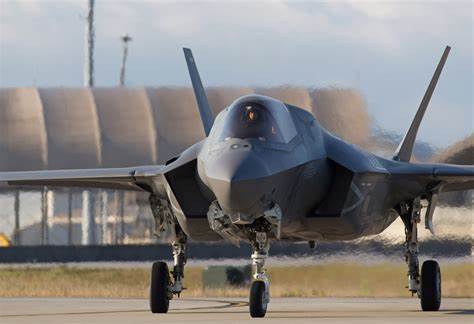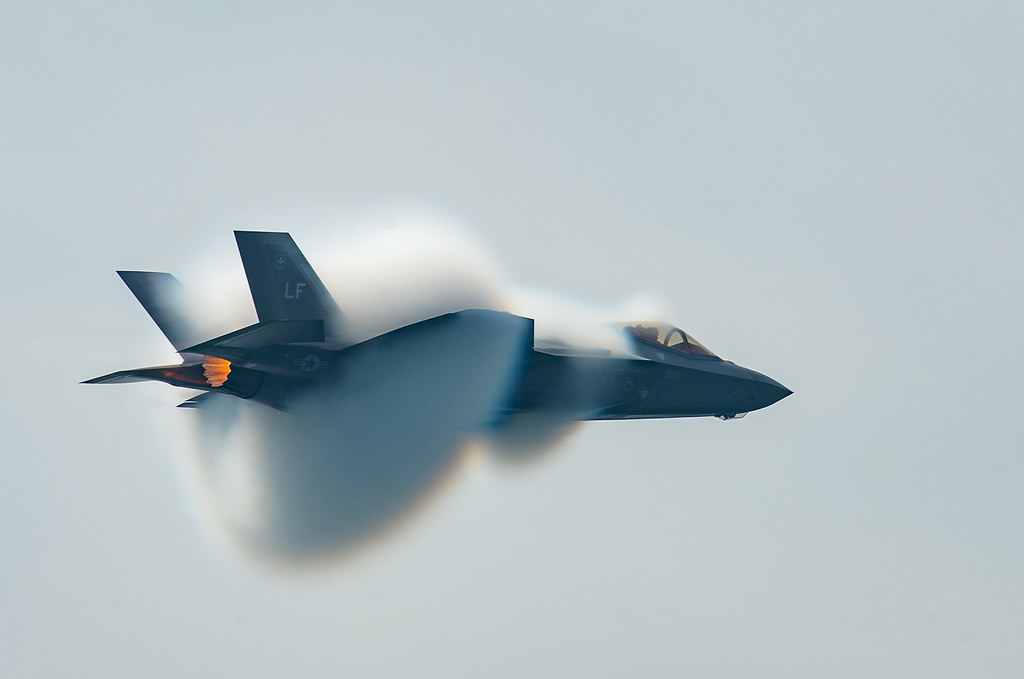
The F-35 Joint Strike Fighter has emerged as a prime illustration of the intricacy and difficulty associated with contemporary military aviation initiatives.

Entrusted with the daunting objective of fulfilling the varied operational requirements of the Air Force, Navy, and Marine Corps, alongside guaranteeing compatibility with allied forces, the F-35’s evolution has been far from easy.

Throughout its development, the aircraft, designed to be stealthy, supersonic, and equipped with advanced sensors, has encountered a range of complex challenges.

In the latest analysis, the F-35 did not reach the Department of Defense’s mission capability rate goal of 70% for the year 2020.

This shortfall signals that the aircraft was not available for missions as frequently as the DoD had aimed.

The reasons behind this lag in mission capability are multifold, ranging from software complications to structural constraints.

The F-35’s ambitious program was launched into production in 2006.

It has since been marred by excessive defects and rework, according to Bloomberg, and has had its share of setbacks.

In an article published in 2019, The New York Times highlighted these setbacks, pointing out shoddy management, flawed oversight, countless design flaws, and the ever-increasing cost that eventually lead to the F-35 being labeled “the most expensive weapon system in human history.”

Despite the vast resources poured into the F-35’s development, problems persist.

Issues have ranged from the aircraft’s stealth coating and susceptibility to lightning strikes to software hiccups and the limitation of supersonic flight to short bursts, as reported by Business Insider.

Moreover, the program’s cost has been a point of contention. With an estimated lifetime cost of over $1.7 trillion, the F-35 remains the Department of Defense’s most expensive weapon system program, according to the Government Accountability Office.

While the F-35 faces steep challenges, it also represents significant advancements in aerial warfare technology.

According to an article detailing Lockheed’s stealth fighter jet, the F-35 is capable of top speeds of Mach 1.6, thanks to its powerful Pratt & Whitney reheated turbofan engine.

It boasts an impressive arsenal with a weapons payload of up to 18,000 pounds, depending on the configuration, and advanced sensor fusion that contributes to its designation as the “quarterback in the sky.”
Relevant articles:
– 35 Program Challenges Provide Lessons for Future Leaders, National Defense Magazine
– The F-35 fighter jet’s troubled history, theweek.com
– F-35 Lightning II: Everything to Know about Lockheed’s Stealth Fighter Jet, executivegov.com

